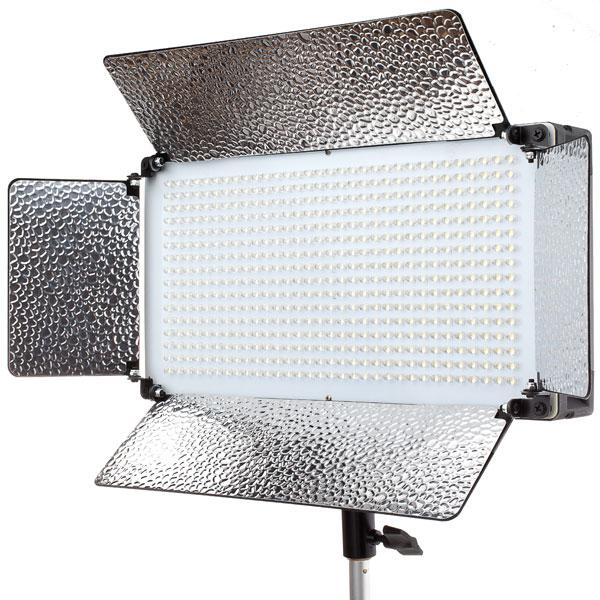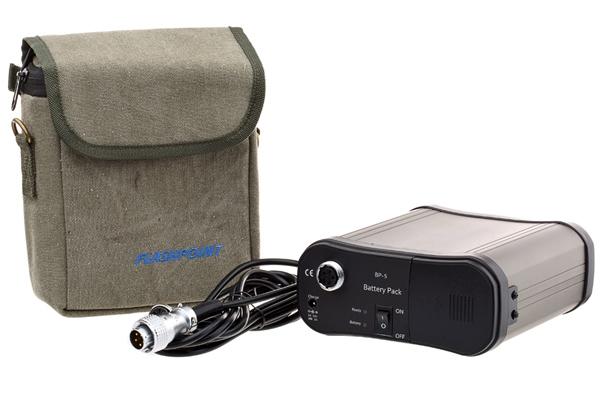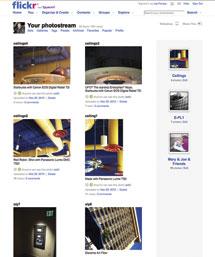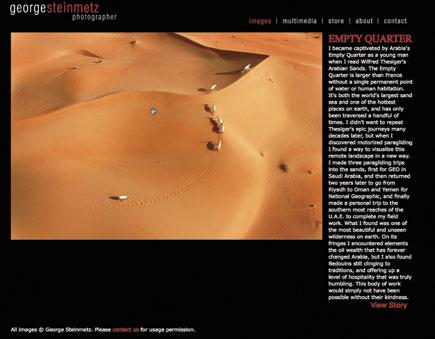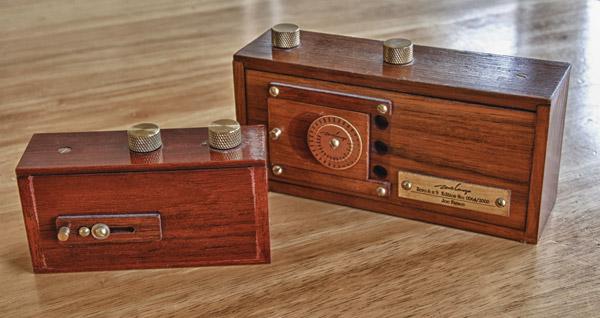Joe Farace
Sort By: Post Date | Title | Publish Date
|
Nov 01, 2004
|
Feb 04, 2014 |
First Published: Dec 01, 2013
|
Sep 20, 2013 |
First Published: Aug 01, 2013
|
Apr 26, 2013 |
First Published: Mar 01, 2013
|
May 14, 2012 |
First Published: Apr 01, 2012
|
Dec 01, 2009
|
Aug 01, 2010
|
Oct 05, 2011 |
First Published: Aug 01, 2011


